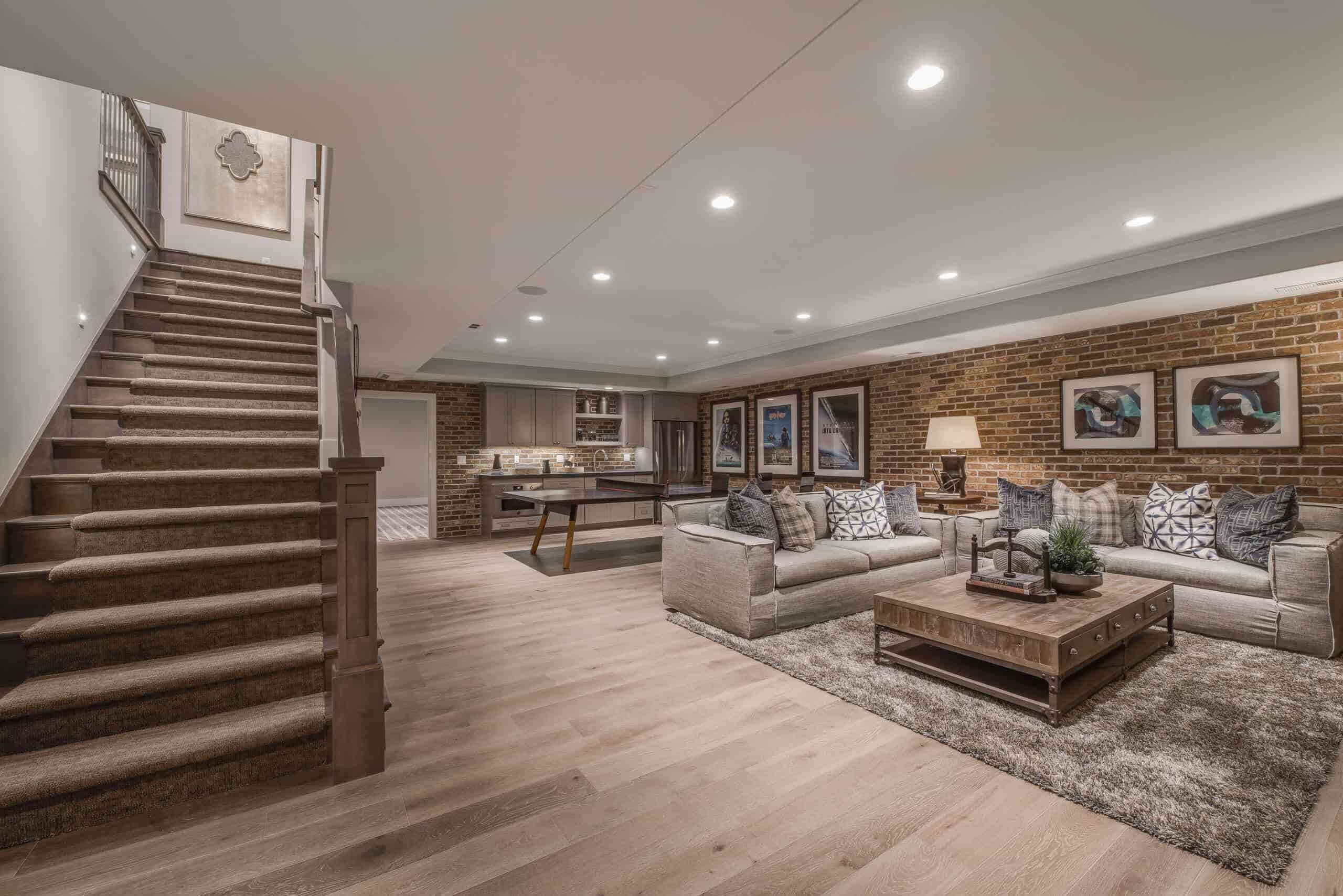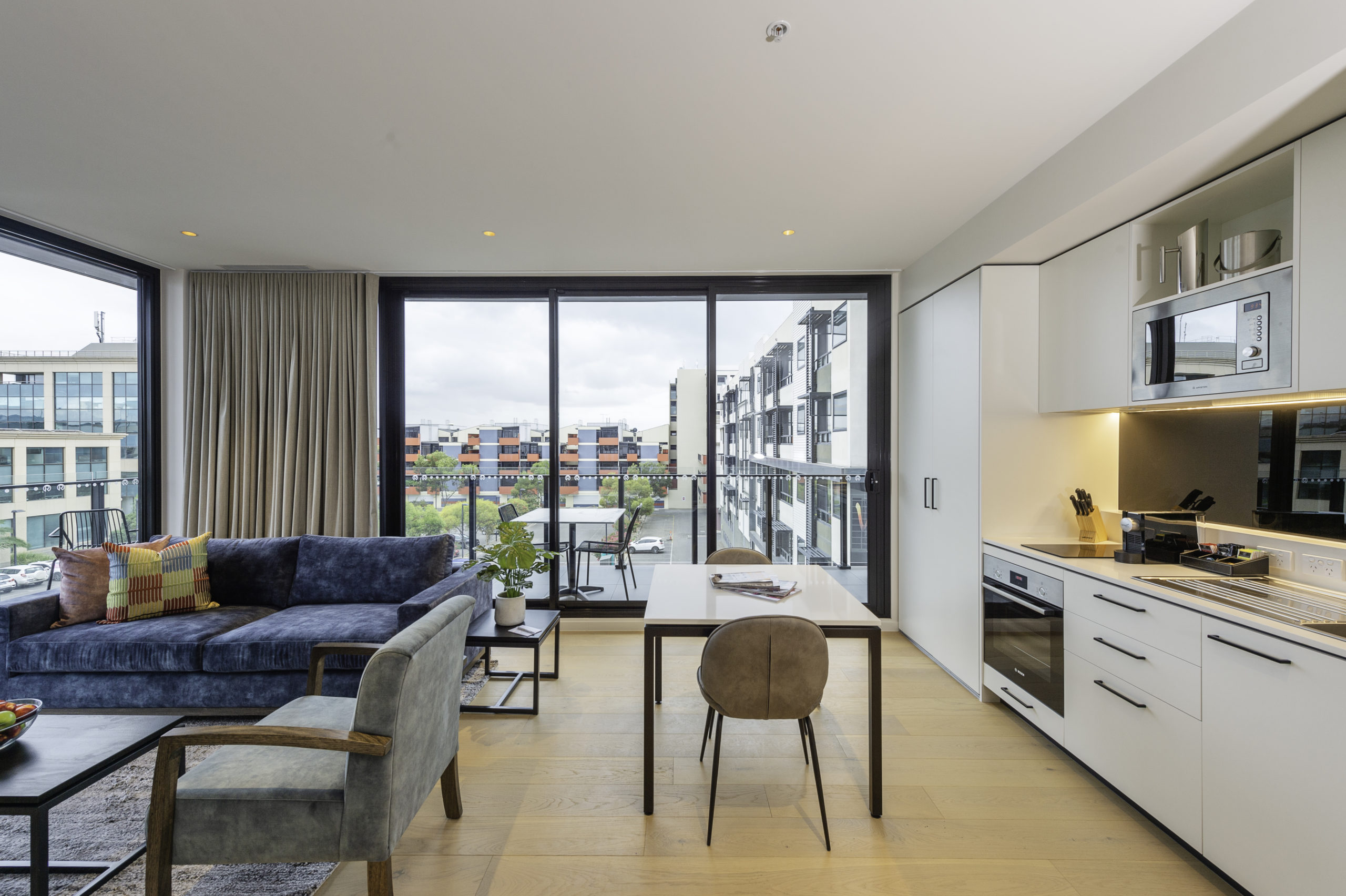The Appeal of a 1-Bedroom Basement Apartment

A 1-bedroom basement apartment offers a unique living experience with its own set of advantages and drawbacks. It’s an attractive option for individuals or couples seeking an affordable and potentially customizable living space. However, it’s essential to weigh the pros and cons before deciding if this type of dwelling suits your lifestyle.
Advantages of a 1-Bedroom Basement Apartment
Basement apartments often present a more affordable housing option compared to traditional apartments or houses. This affordability stems from various factors, including lower property taxes, reduced maintenance costs, and potentially lower utility bills due to the insulated nature of the basement. Additionally, basement apartments may offer greater privacy, as they are typically located below the main living area of the house. This separation provides a sense of seclusion and independence, allowing residents to enjoy a quieter and more private living environment.
Another advantage of basement apartments is the potential for customization. Depending on the landlord’s policies and the structural limitations of the basement, residents may have more flexibility to personalize their space. This could involve adding shelves, painting walls, or even installing new flooring.
Drawbacks of a 1-Bedroom Basement Apartment
While basement apartments offer advantages, they also come with potential drawbacks. A significant concern is limited natural light. Basements typically have fewer windows than ground-level apartments, resulting in a dimmer living space. This lack of sunlight can affect mood and energy levels, particularly during winter months.
Another potential drawback is the risk of moisture issues. Basements are prone to dampness and humidity, which can lead to mold growth and other health problems. Proper ventilation and dehumidification systems are crucial to mitigate these risks.
Noise can also be a concern in basement apartments. Depending on the building’s structure and the activities of the upstairs residents, noise from above may be noticeable. This can be particularly disruptive during late evenings or early mornings.
Comparing Basement Apartment Living with Traditional Apartment Living
Living in a basement apartment offers a distinct lifestyle compared to a traditional apartment. While basement apartments may provide greater privacy and affordability, they often lack the amenities and natural light found in ground-level apartments. Traditional apartments typically offer more natural light, better ventilation, and access to common areas like laundry rooms, gyms, or swimming pools. However, these amenities often come at a higher cost.
Ultimately, the decision of whether a basement apartment is right for you depends on your individual needs and preferences. If affordability, privacy, and potential customization are priorities, a basement apartment may be a good option. However, if natural light, ventilation, and access to amenities are essential, a traditional apartment might be a better fit.
Finding the Right 1-Bedroom Basement Apartment

Finding the perfect 1-bedroom basement apartment involves careful consideration of various factors. It’s not just about finding a space with a bed and a kitchen; it’s about finding a comfortable, safe, and functional living environment that meets your needs and budget.
Factors to Consider When Searching for a 1-Bedroom Basement Apartment, 1 bedroom basement apartment
Finding the right basement apartment requires a strategic approach, involving careful consideration of various factors, including location, amenities, and budget.
- Location: The location of the basement apartment plays a crucial role in your overall living experience. Consider factors such as proximity to your workplace, public transportation, schools, grocery stores, and entertainment options. A convenient location can significantly enhance your daily routine and quality of life.
- Amenities: The amenities offered by the basement apartment can greatly influence your comfort and convenience. Essential amenities include a private bathroom, a functional kitchen with appliances, laundry facilities, and sufficient storage space. Additional amenities, such as a backyard, parking space, or central air conditioning, can enhance your living experience.
- Budget: Setting a realistic budget is crucial for finding a suitable basement apartment within your financial means. Consider factors such as rent, utilities, and potential maintenance costs. Remember to factor in additional expenses such as moving costs, furniture, and decor.
Thorough Inspection Before Signing a Lease
A thorough inspection of the basement apartment before signing a lease is essential to avoid potential problems down the road.
- Water Damage: Look for signs of water damage, such as dampness, mold, or peeling paint. These issues can indicate a leak or poor drainage, which could lead to health problems and costly repairs.
- Mold: Inspect for mold growth, especially in areas with high humidity, such as bathrooms and basements. Mold can trigger allergies and respiratory problems.
- Structural Integrity: Check the structural integrity of the basement, including the walls, ceiling, and foundation. Look for cracks, leaks, or signs of settling.
- Ventilation: Ensure adequate ventilation in the basement apartment to prevent moisture buildup and promote air circulation.
- Noise Levels: Evaluate the noise levels from above and surrounding areas. Consider the potential for noise disturbances from foot traffic, appliances, or other residents.
- Lighting: Assess the natural and artificial lighting in the basement apartment. Adequate lighting is essential for a comfortable living environment.
- Safety Features: Check for smoke detectors, carbon monoxide detectors, and emergency exits.
Sample Rental Agreement for Basement Apartments
A comprehensive rental agreement is essential for outlining the rights and responsibilities of both the landlord and tenant.
A sample rental agreement for basement apartments should include clauses specific to basement living, such as provisions for noise control, maintenance responsibilities, and potential liability for water damage.
- Noise Control: The rental agreement should include clauses outlining acceptable noise levels and hours of operation for appliances and other noise-generating activities.
- Maintenance Responsibilities: Clearly define the maintenance responsibilities of both the landlord and tenant. The landlord should be responsible for major repairs, while the tenant should be responsible for minor repairs and upkeep.
- Water Damage: The rental agreement should address potential liability for water damage, including who is responsible for repairs and any associated costs.
- Emergency Access: The agreement should Artikel procedures for emergency access to the basement apartment, such as in case of a fire or other emergency.
- Pets: If pets are allowed, the agreement should specify the type and number of pets permitted and any associated fees or restrictions.
Making the Most of Your 1-Bedroom Basement Apartment: 1 Bedroom Basement Apartment

Living in a 1-bedroom basement apartment can be a unique and rewarding experience, offering a cozy and private retreat. However, maximizing space and creating a comfortable living environment in a basement apartment requires careful planning and creative solutions. This section will explore strategies for making the most of your 1-bedroom basement apartment, including space-saving furniture arrangements, smart storage solutions, and techniques for enhancing natural light and ventilation.
Maximizing Space in a 1-Bedroom Basement Apartment
A 1-bedroom basement apartment often presents space constraints. To overcome this challenge, you can employ a variety of space-saving strategies, including utilizing multi-functional furniture and implementing smart storage solutions.
- Multi-Functional Furniture: Consider using furniture that serves multiple purposes. For instance, a sofa bed can double as a sleeping area and seating, while a coffee table with storage compartments can provide additional space for storing items. A Murphy bed can be a great option for maximizing floor space, allowing you to transform your living room into a bedroom when needed.
- Vertical Storage: Utilizing vertical space is key to maximizing storage in a small basement apartment. Wall-mounted shelves, floating cabinets, and over-the-door organizers can help maximize vertical space and keep items organized.
- Under-Bed Storage: Take advantage of the space beneath your bed by using storage bins or drawers. This is a great way to store seasonal items, linens, or other belongings.
- Compact Furniture: Opt for compact furniture that fits the space without compromising functionality. For example, a small dining table with folding chairs can provide a dining area without taking up too much space.
- Open Shelving: Open shelving units can create a visually appealing and functional storage solution. They allow you to display items while keeping them organized and easily accessible.
Improving Natural Light and Ventilation
Basement apartments are often known for their limited natural light and ventilation. However, with a few clever strategies, you can create a brighter and more airy environment.
- Window Treatments: Use light-colored curtains or blinds to allow maximum natural light to enter the apartment. Sheer curtains can also help soften the light and create a more inviting atmosphere.
- Mirrors: Mirrors can reflect light and create the illusion of more space. Place mirrors strategically to reflect natural light from windows, making the apartment feel brighter.
- Strategic Lighting: Use a combination of ambient, task, and accent lighting to create a balanced and inviting lighting scheme. Ambient lighting provides general illumination, while task lighting is focused on specific areas, such as the kitchen counter or desk. Accent lighting highlights specific features, such as artwork or plants.
- Ventilation: Ensure adequate ventilation by keeping windows open when possible, using fans, or installing an exhaust fan in the bathroom.
Essential Items and Decor
Creating a comfortable and stylish 1-bedroom basement apartment requires thoughtful selection of essential items and decor.
- Comfortable Bedding: Invest in high-quality bedding, including a comfortable mattress, pillows, and linens. This is essential for creating a restful and inviting sleeping space.
- Area Rugs: Area rugs can add warmth, color, and texture to a basement apartment. Choose rugs that are durable and easy to clean.
- Plants: Indoor plants can add life and freshness to a basement apartment. They can also help improve air quality.
- Artwork: Incorporate artwork that reflects your personal style and creates a focal point in the space.
- Lighting Fixtures: Choose lighting fixtures that provide adequate illumination and enhance the overall aesthetic of the apartment.
